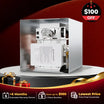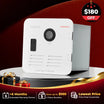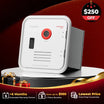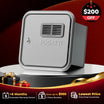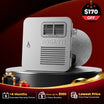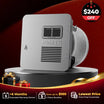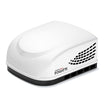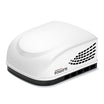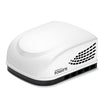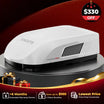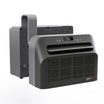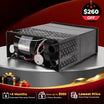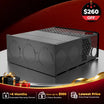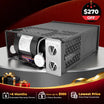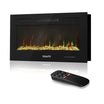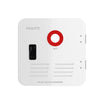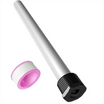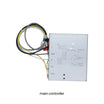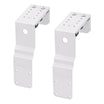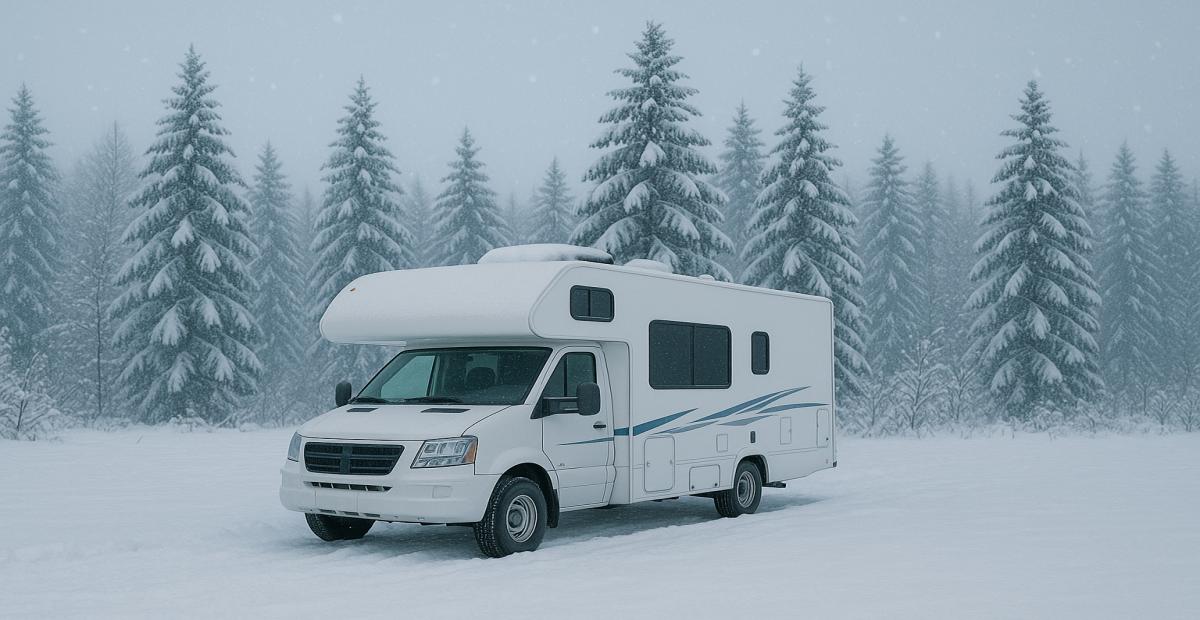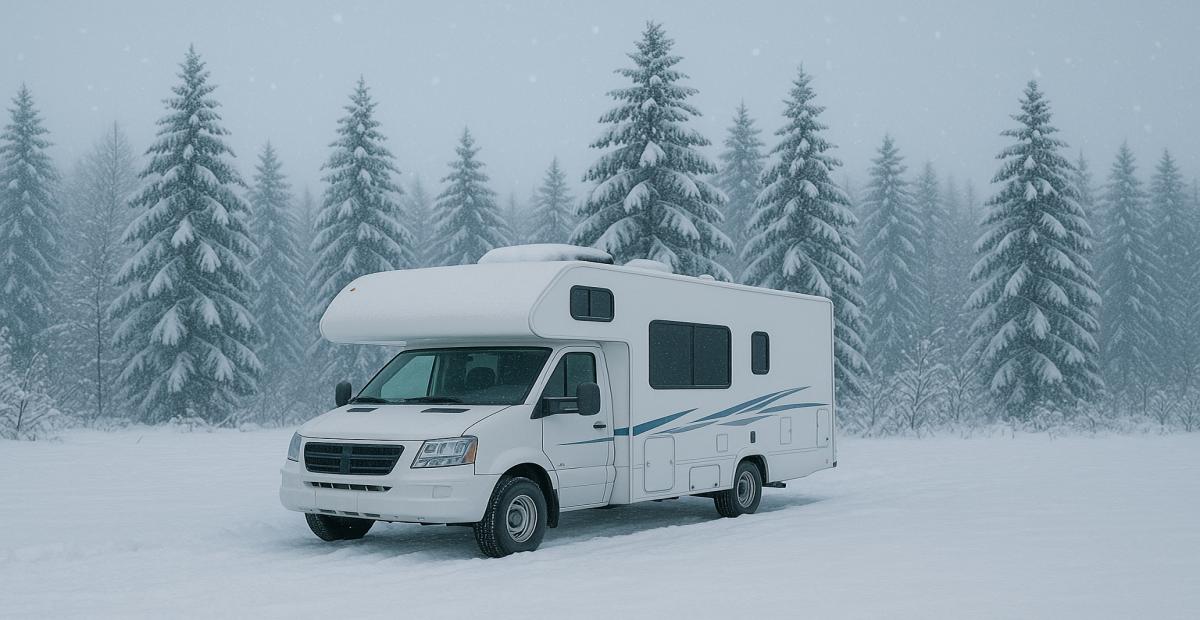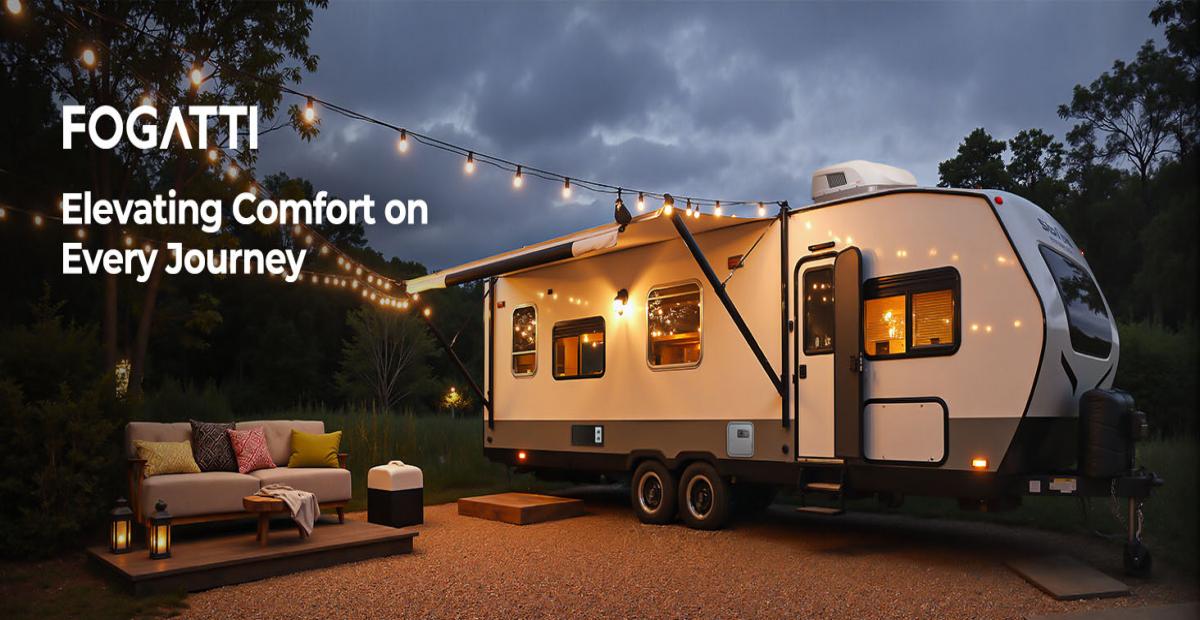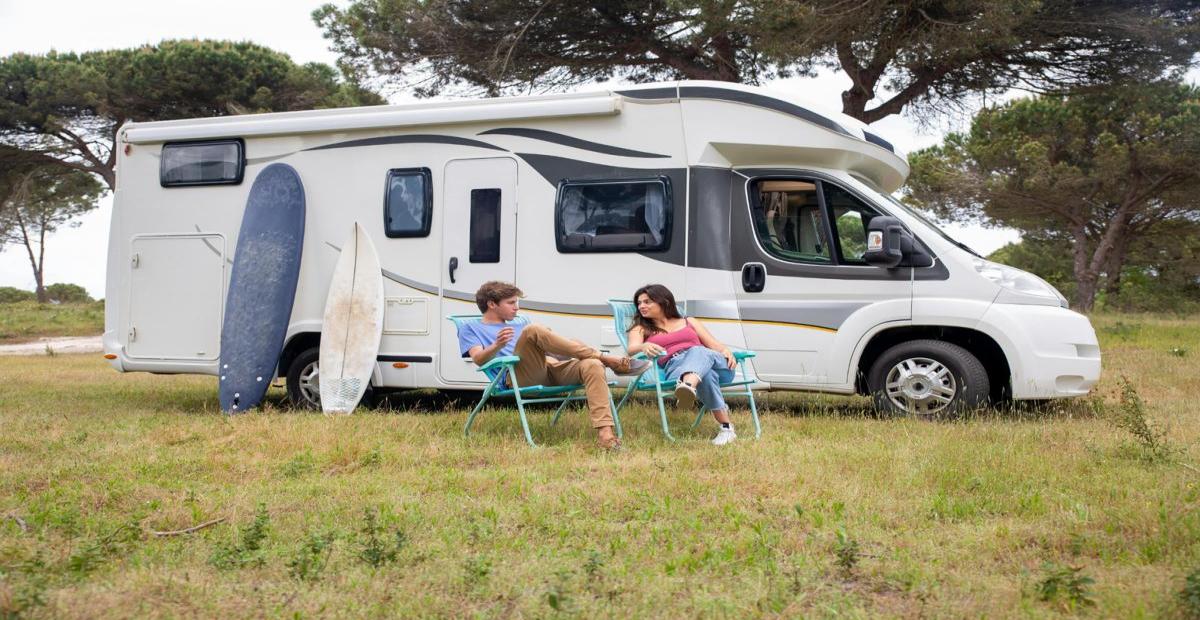The Hidden Challenge of Winter RV Travel
Winter RV adventures can be magical — quiet forests, snow-covered roads, and peaceful campsites. But for many travelers, there’s one common frustration: a frozen RV water heater.
Most tankless water heaters are mounted outside the RV. Their compact design makes them efficient, but also vulnerable to freezing. When temperatures drop, residual water can freeze and expand, leading to:
Cracked pipes or fittings
Damaged heating elements
Complete loss of hot water supply
A frozen unit can cost hundreds—or even thousands—of dollars to repair or replace. More importantly, it can ruin the comfort of your trip. The good news? With the right precautions, you can easily prevent freezing and enjoy consistent hot water all winter long.
What Happens When Your Water Heater Freezes
Freezing doesn’t just stop the flow of hot water—it can cause serious internal damage.
As water expands into ice, it puts extreme pressure on pipes, seals, and the heater body itself. Even heavy-duty systems can crack under that pressure.
In addition, low temperatures slow down water flow and reduce heating efficiency, sometimes making your unit unreliable or inconsistent.
For RVers who camp in cold regions, a propane-powered tankless water heater is often the best choice—it heats quickly, saves energy, and provides endless hot water on demand.
Three Proven Ways to Prevent Freezing
1. Use Heating Pads for Consistent Warmth
Heating pads are one of the simplest and most reliable solutions to protect your RV’s tankless water heater. They deliver steady warmth to the unit and exposed pipes.
How to use them:
Install properly: Attach heating pads under the water heater or along exposed pipes.
Connect to a thermostat: Regulate temperature and prevent overheating.
Inspect regularly: Especially before cold nights or long stays in freezing areas.
Heating pads are compact, easy to install, and ideal for winter RV living.
2. Insulate the Heater and Pipes
Insulation is your first line of defense against the cold. By retaining heat and keeping cold air out, insulation can prevent freezing and improve energy efficiency.
Practical tips:
Wrap the heater: Use an insulated blanket or foam wrap.
Protect the pipes: Apply foam pipe insulation or heat tape on all exposed water lines.
Seal gaps: Use caulking or weatherproof tape to close openings in the heater compartment.
Recommended materials:
Foam pipe insulation – lightweight and flexible
Reflective insulation wrap – helps retain heat
Heat tape – steady warmth for extreme cold
Insulated blankets – extra protection for the heater body
3. Use a Water Heater Cover
A quality water heater cover adds another layer of defense against wind and freezing air.
Key benefits:
Blocks cold wind and reduces heat loss
Helps maintain consistent internal temperature
Extends the life and efficiency of your heater
Most RV tankless water heater models—including Fogatti units—have compatible covers available for winter protection.
Travel Warm, Travel Smart
Protecting your RV tankless water heater from freezing isn’t just about saving repair costs—it’s about comfort and peace of mind on the road.
With proper insulation, heating pads, and winterization, you can keep your system running smoothly no matter how low the temperature drops.
Fogatti RV tankless water heaters are engineered for four-season travel. Featuring intelligent anti-freeze protection and high-efficiency combustion, they deliver reliable hot water in any climate — from snowy mountains to frosty plains.
Fogatti — Keeping every journey warm, comfortable, and carefree.


